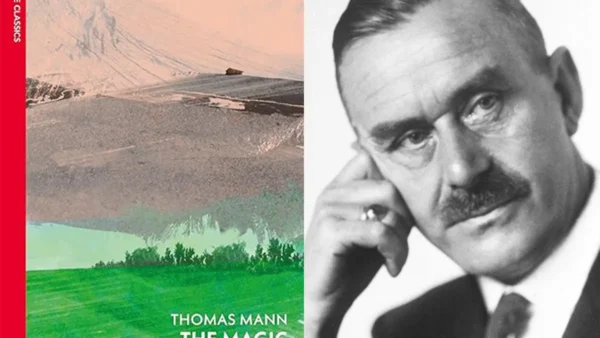As with many Borges stories, the line between fact and fiction in this story is unclear. So why does Borges make these alterations?
We continue our journey through the fictions of Jorge Luis Borges with the story of the disinterested killer Bill Harrigan, a.k.a. Billy the Kid.

As with many Borges stories, the line between fact and fiction is unclear. Billy the Kid, of course, was a real Wild West gunslinger, and some elements of the life Borges presents are real too. But his real name was Henry McCarty, not Bill Harrigan, and there are plenty of quotes and crimes and other elements of the story that seem to be completely invented.
So why does Borges make these alterations? The change of name seems arbitrary to me: I think its purpose is simply to give an early signal to the reader that all is not as it seems, and that Borges is not attempting to produce something historically accurate. But the other changes, I think, are his way of highlighting what interests him in the life of Billy the Kid.
For example, in the Borges story, the first man Bill Harrigan kills is a Mexican, and much is made of the fact that Mexican lives don’t count. The killing is completely unfair, a surprise shot fired at a man who has done nothing to provoke the attack and is completely unprepared for it. It goes clearly against the “code” of the West, but the code doesn’t apply to Mexicans, and Harrigan is roundly congratulated for his kill. Someone even offers to cut a notch in his gun, but he replies that “Mexicans ain’t worth makin’ notches for.”
Perhaps, writing from Argentina, Borges had a different view of the West. Even though Billy the Kid’s exploits took place in New Mexico, a territory that had only recently been taken from Mexico and would not become a U.S. state until 1912, Mexicans are absent from many of the stories of his life. I think Borges is alluding to this when he gives the tally of Billy’s kills: twenty-one, “not counting Mexicans.” They are invisible in many of the stories, and he is trying to correct that.
There are some beautiful passages of prose in this story, such as this wonderful description of a bar in the New Mexico desert:
The land is almost preternaturally flat, but the sky of banked clouds, with tatters of storm and moon, is covered with dry, cracked watering holes and mountains. On the ground, there are a cow skull, the howls and eyes of a coyote in the darkness, fine horses, and the long shaft of light from the bar. Inside, their elbows on the bar, tired, hard-muscled men drink a belligerent alcohol and flash stacks of silver coins marked with a serpent and an eagle. A drunk sings impassively.
The story ends with the now-familiar undercutting of the “heroism” we expect from tales of the Wild West. Billy the Kid is simply shot, out of the blue, and dies slowly and painfully. He is missed and mourned by nobody. People turn up from miles around to view the body, and “they noted in him that unimportant sort of look that dead men generally have.”
Then it gets macabre. His body is “exhibited to horror and mockery in the shopwindow of the town’s best store.” On the third day, they have to put makeup on him—a wonderful and horrible detail, suggesting the need to cover the rot. And then, “On the fourth, to great jubilation, he was buried.”



